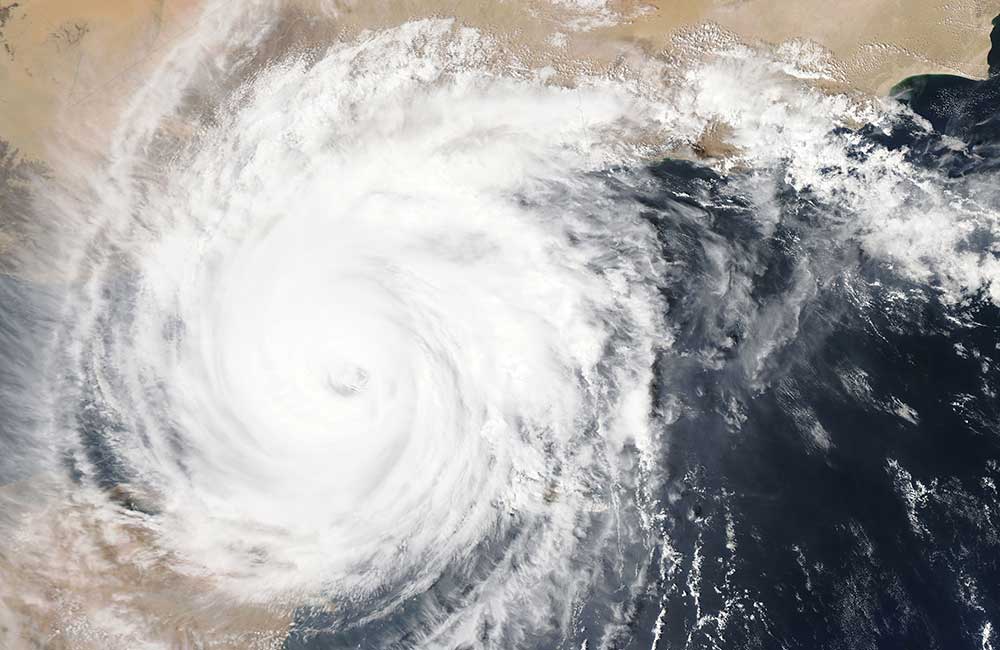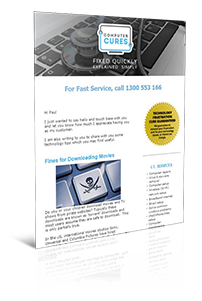Home / Handy Tips /

What would happen if your office burned down? What if it flooded or was caught in a tropical storm? How would your business cope in the event of a prolonged power outage?
If you’re unsure, it’s time to prepare your business for a natural disaster. In this article, we’ll walk you through six critical features of a comprehensive, actionable business continuity plan.
Remember, if you fail to prepare, prepare to fail. Take the time to devise a robust business continuity plan now or risk sabotaging your future profits. Let’s get started.
What is a business continuity plan?
A business continuity plan is a formalised document that outlines the processes and procedures you and your team should work through in the event of a disaster – whether that be a natural disaster or a cybersecurity breach.
A business continuity plan aims to protect business-critical tasks by assigning key roles, outlining alternative work processes, and detailing important information (such as contact information and login credentials). The goal is to minimise damage – to keep your business running as close to normal as possible even in the midst of a cyclone, bush fire, or flood.
Six critical features of a business continuity plan
What’s covered in a business continuity plan will depend on the size, scale, and nature of your business. Factors like the type of information you store, how customers contact you, and whether or not you have remote team members will influence how you construct a practical and effective business continuity plan.
That being said, most business continuity plans should include the following six critical features.
1. Essential documents and records
You possess several paper documents that are vital to your business’s success. Ideally, create multiple copies of these documents and store them in geographically distinct locations, such as your office and your home.
We also suggest keeping hardcopies alongside your business continuity plan. That way, you can access fundamental information about your operations in the event of an emergency.
Examples of essential documents and records include:
- Leases
- Insurance papers
- Banking and other financial records
- Contacts of staff and other key stakeholders
- Certifications or licenses
A quick note on compiling contact information: be sure to obtain your employee’s phone numbers (mobile and desk phone), email addresses (personal and work, if possible), and even their Facebook Messenger or WhatsApp information. When natural disaster strikes, some lines of communication will be cut off.
2. Critical client and vendor list
Your biggest clients and vendors will, most likely, be instrumental in your business’s recovery following a disaster.
You want to be 100 per cent certain that, even if you don’t have access to your digital records, you will still have up-to-date contact information. That way, you can contact top clients and IT vendors to alert them of the situation and advise them of any changes to their service.
3. Data backup
In today’s fast-paced digital business landscape, data loss can destroy a company. It is essential that you invest in a reliable data backup system.
Your business’s data should be backed up in two to three places, with at least one being stored off-site. That way, even if your office crumbles to the ground, your data will be safe and sound. Just remember to test your backups periodically.
4. Alternative locations
Mobility is key to surviving a natural disaster. There are several ways you can go about this:
- Prepare to set up an office in a separate location, such as your garage. This secondary office may only be big enough to house key team members but should include things like desks and a stable internet connection.
- Prepare your team to work remotely. More and more businesses are embracing remote teamwork. It’s worth getting your staff familiar with remote communication apps and other collaboration tools so, if needed, they can work from home.
5. Emergency supplies
Don’t forget the basics – equip your office with the supplies you’ll need if a natural disaster were to strike. Equipment like torches, water, batteries, and first aid can help you overcome a more severe situation.
6. Test and review your business continuity plan
Don’t leave it until it’s too late to test your business continuity plan. Check phone numbers and other contact information. Review the roster of key individuals. Consider whether or not the nominated secondary office is still appropriate.
In the worst-case scenario, you should be confident that your business continuity plan will achieve its goal – to help you resume business operations sooner rather than later.
Need help with your business continuity plan?
Technology plays a significant role in today’s businesses, and no business continuity plan is complete without a sound data backup system. Get in touch with the team at Computer Cures today and let us help you create a backup strategy that could save your business in the event of a natural disaster. Call today on 1300 553 166 or fill out the form on this page, and we’ll be in touch soon.








Leave A Comment